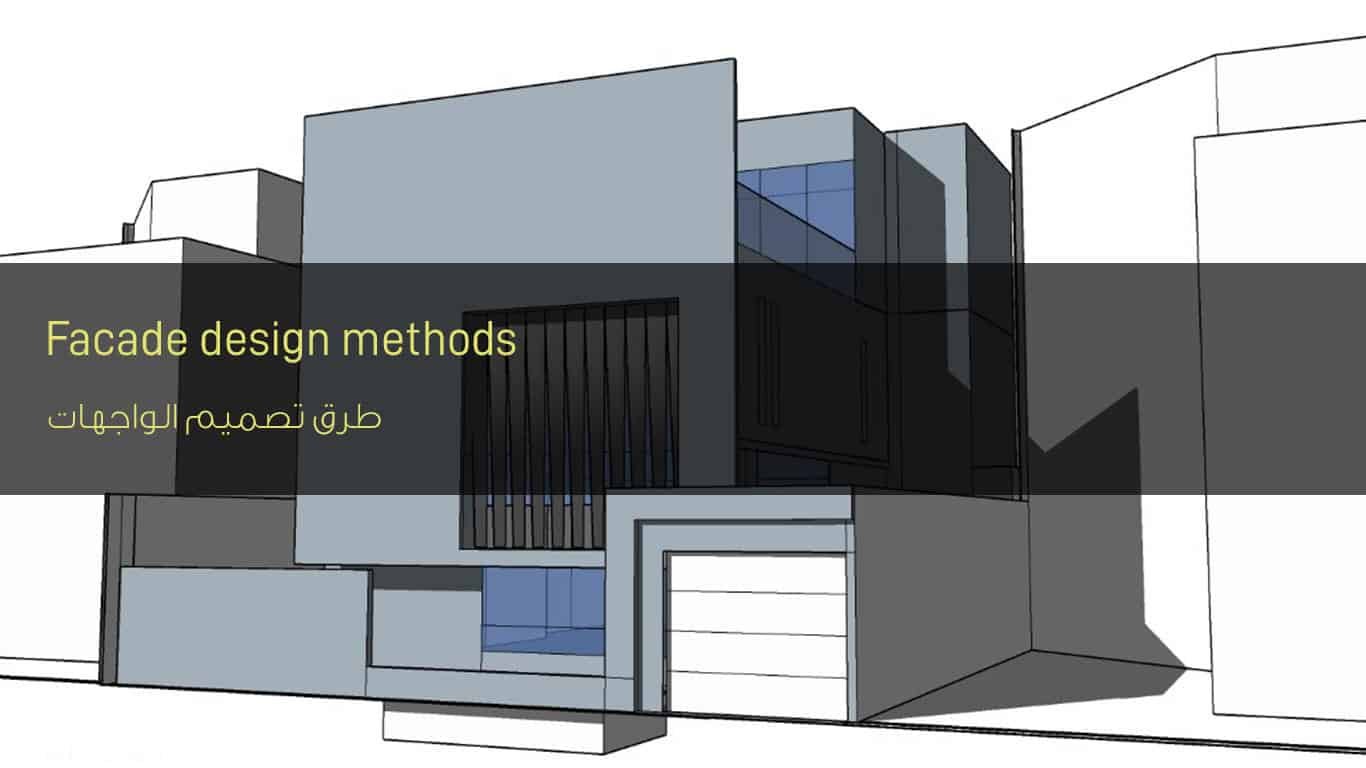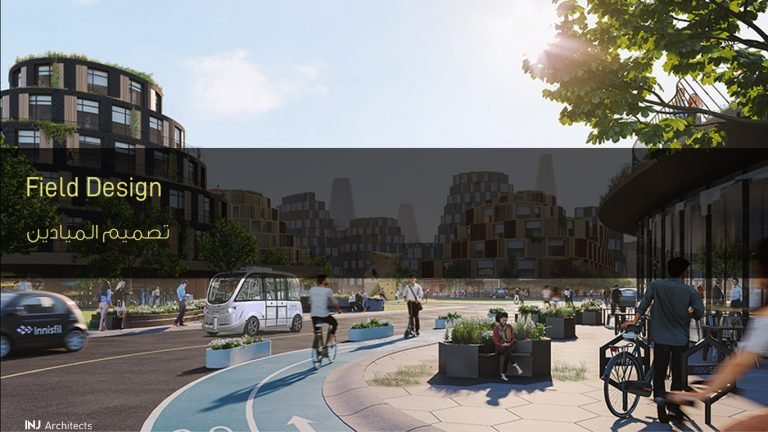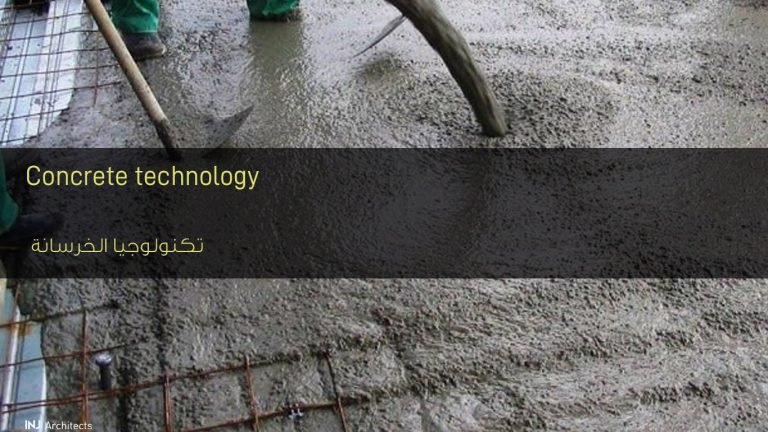Facade design methods
Facade design methods
Facade design is one of the most important design works, as it gives a first impression on the interior designs, as it is the part that all people see from the designs, so they get their idea of the designer through them, and the interface must be expressive of the interior design, so it is not correct to neglect it at the expense of the facades, and make them Fabricated with many colors in order to attract people, just as designs also express the personality of the designer; if they are simple and elegant, this indicates the simplicity of the personality of the designer and vice versa.
The foundations of architectural facade design:
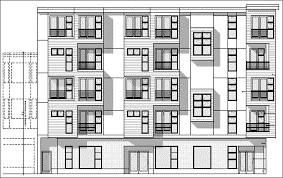
The design of the facades is considered one of the most difficult things that the designer faces. Before starting the design, he must consider several things, and these things are (rhythm – shape – unit – function).
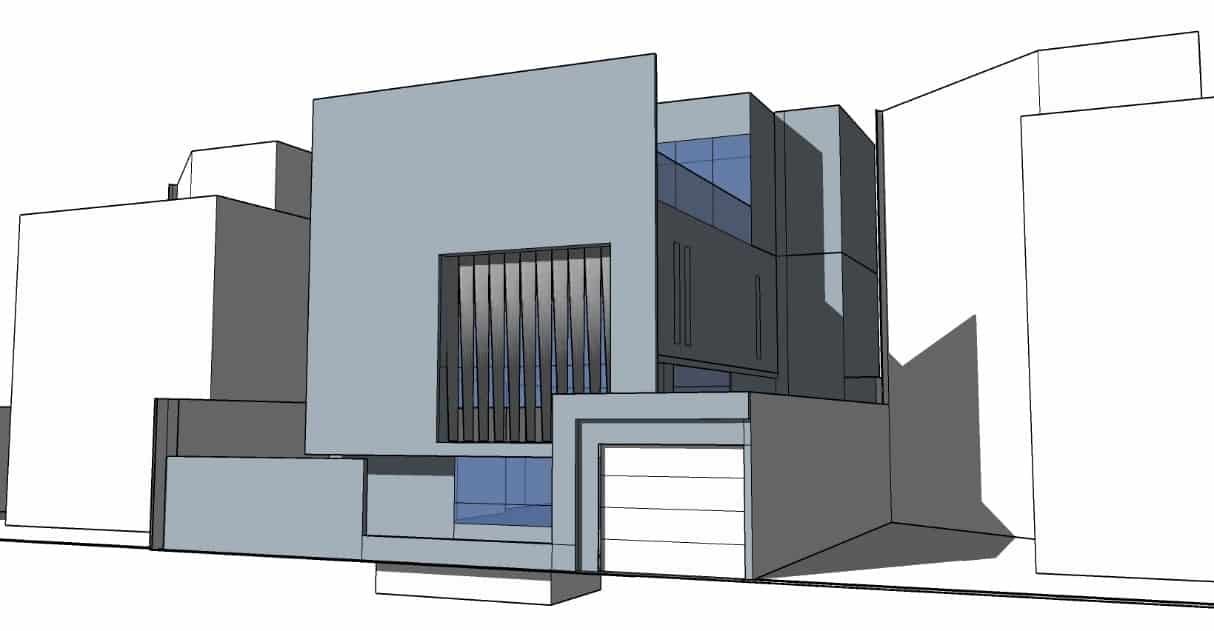
First: the rhythm
The rhythm is a group of lines in addition to the levels, colors and motifs that seem regular and all represent the architectural work
The rhythm system has several forms
- Lines
- Levels
- Blocks
- curve
- Oblique lines
Rhythm lines:
Like the columns in the entrances to the temples, such as those in the Karnak temple, the shapes and sizes of the columns at the entrance vary to break the routine and distinguish it from the rest of the temples, and the rhythm of the lines is in the vertical and horizontal weapon of the buildings.
Rhythm levels:
It is in the form of an outline of vertical and horizontal levels.
Rhythm of blocks:
It is represented by the dome of mosques, churches and blocks above the buildings.
Curved rhythm:
It consists of curves, curved decorations, and curved blocks in buildings and structures.
Tilted rhythm:
It is in a building that has a diagonal shape in the front or side facade, such as the secondary ladder or the escape ladder.

Second: Unity in designing the architectural facades

The unit is ultimately the architectural design as a whole has a uniform, integrated and continuous shape in order to leave in the mind of anyone who sees the work a simple and uncomplicated visual impression so as not to distract the viewer’s mind.
The unit has several forms in designing the architectural facades:
- the shape
- Mass and texture
- Subject
- Colors
Third: The look and feel of the facade design.
This type is divided into several forms:
- Structural form and function
- The look and feel of the building’s distinction
- Form and function in terms of shadows, light and air
- Form and function in terms of privacy
Fourth: Balance
The balance in the design of the architectural facades is that the shape be symmetrical on both sides of the vertical axis of the building and also the balance is the similarity of the building with all the neighboring buildings, and the balance is divided into two main parts:
- Structural stability
- Shape balance
Structural balance:
It is the balance of the building when any incident occurs to it Camille or cracks or other, and then by looking at it can be judged on its constructional balance as an example of this Leaning Tower which appears in a diagonal, as the structural balance in the design of the facades is divided into two parts:
- Static balance
In it we transfer all loads from the horizontal surface of the building to the vertical surface and then move to the ground.
- Dynamic equilibrium
And in it we transfer the loads to the origin.
Shape balance
It is that the shape is completely symmetric on the sides of a vertical axis passing through the middle of the facade, and this type of balance is used in the entrances with special abundance, especially in ancient Egyptian architecture, and the balance of the shape may also be asymmetric and then called the third dimension.
Another interesting topic: Types of water heaters

